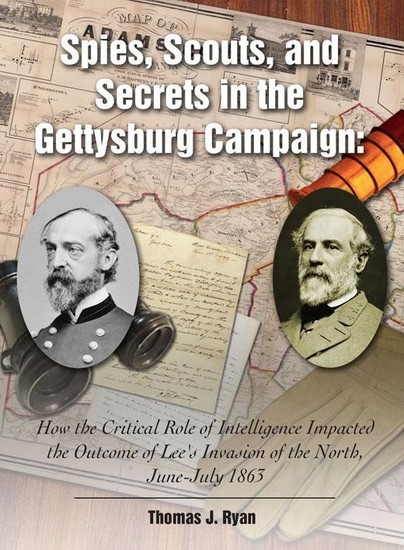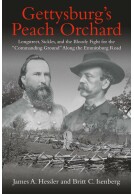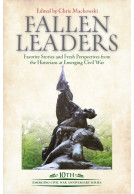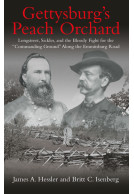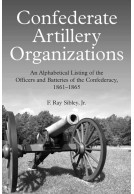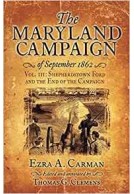Spies, Scouts, and Secrets in the Gettysburg Campaign (Hardback)
How the Critical Role of Intelligence Impacted the Outcome of Lee’s Invasion of the North, June-July 1863
Imprint: Savas Beatie
Pages: 432
Illustrations: 75 b/w images ; 20 maps
ISBN: 9781611211788
Published: 31st August 2015
Pages: 432
Illustrations: 75 b/w images ; 20 maps
ISBN: 9781611211788
Published: 31st August 2015
You'll be £10.50 closer to your next £10.00 credit when you purchase Spies, Scouts, and Secrets in the Gettysburg Campaign. What's this?
+£4.99 UK Delivery or free UK delivery if order is over £40
(click here for international delivery rates)
Order within the next 9 hours, 39 minutes to get your order processed the next working day!
Need a currency converter? Check XE.com for live rates
(click here for international delivery rates)
Order within the next 9 hours, 39 minutes to get your order processed the next working day!
Need a currency converter? Check XE.com for live rates
As intelligence experts have long asserted, “Information in regard to the enemy is the indispensable basis of all military plans.” Despite the thousands of books and articles written about Gettysburg, Tom Ryan’s groundbreaking Spies, Scouts, and Secrets in the Gettysburg Campaign: How the Critical Role of Intelligence Impacted the Outcome of Lee’s Invasion of the North, June - July 1863 is the first to offer a unique and incisive comparative study of intelligence operations during what many consider the war’s decisive campaign.Based upon years of indefatigable research, the author evaluates how Gen. Robert E. Lee used intelligence resources, including cavalry, civilians, newspapers, and spies to gather information about Union activities during his invasion of the North in June and July 1863, and how this information guided Lee’s decision-making. Simultaneously, Ryan explores the effectiveness of the Union Army of the Potomac’s intelligence and counterintelligence operations. Both Maj. Gens. Joe Hooker and George G. Meade relied upon cavalry, the Signal Corps, and an intelligence staff known as the Bureau of Military Information that employed innovative concepts to gather, collate, and report vital information from a variety of sources.The result is an eye-opening, day-by-day analysis of how and why the respective army commanders implemented their strategy and tactics, with an evaluation of their respective performance as they engaged in a battle of wits to learn the enemy’s location, strength, and intentions.Spies, Scouts, and Secrets in the Gettysburg Campaign is grounded upon a broad foundation of archival research and a firm understanding of the theater of operations that specialists will especially value. Everyone will appreciate reading about a familiar historic event from a perspective that is both new and enjoyable. One thing is certain: no one will close this book and look at the Gettysburg Campaign in the same way again.
Other titles in Savas Beatie...







